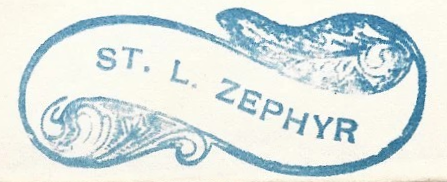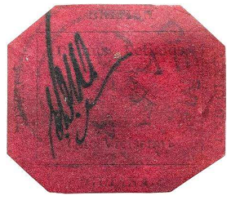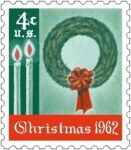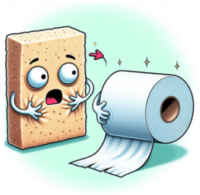Alex Haimann, Greater Mound City Stamp Club Member
The Nicholas G. Carter Volunteer Recognition Awards recognize the outstanding efforts of American Philatelic Society volunteers at the national, regional and local level, and also recognize our younger members whose contributions and abundant talents are crucial to our future.
Alex has been a stamp collector since the age of 7 and an APS member since the age of 10, Alex Haimann has never met a stamp or cover he didn’t like. His passion for philately came from the encouragement and support of the West Suburban Stamp Club in Plymouth, Michigan. This extremely positive welcome to the hobby has inspired Alex to seek out collectors in the younger generations and make them feel welcome, along with helping them connect with others.
In January 2008 (at what would sadly be APS President Nick Carter’s final APS show), during his Tiffany Dinner speech, Haimann presented the original proposal for what would become the American Philatelic Society’s Young Philatelic Leaders Fellowship program, now in its 15th year. Between 2005 and 2010, Haimann worked for the Smithsonian National Postal Museum as a collections specialist and web projects developer. In a volunteer capacity, Haimann served the APS as the chair of the Board of Vice Presidents (2013-2016) and as the chair of the Campaign for Philately Committee (2016-2022). Haimann also served on the World Stamp Show-NY 2016 and the Stockholmia 2019 committees.
Since 2008, Haimann has given dozens of talks in person and online across the U.S. to philatelic and non-philatelic audiences. Continuing a passion to bring philately and postal history to new audiences, Haimann exhibited his Anglo-Zulu War collection during a summer exhibition (“Clash of Empires: The 1879 Anglo-Zulu War” (www.clashofempires.org), at the Royal Philatelic Society London last summer with more than 2,000 people from 29 countries attending. Since the exhibition, videos created around the content of the exhibition have generated more than 1 million views on YouTube.
Haimann is very proud to have sponsored 744 new APS members to date, the second most of any living APS member, behind Don Sundman.













